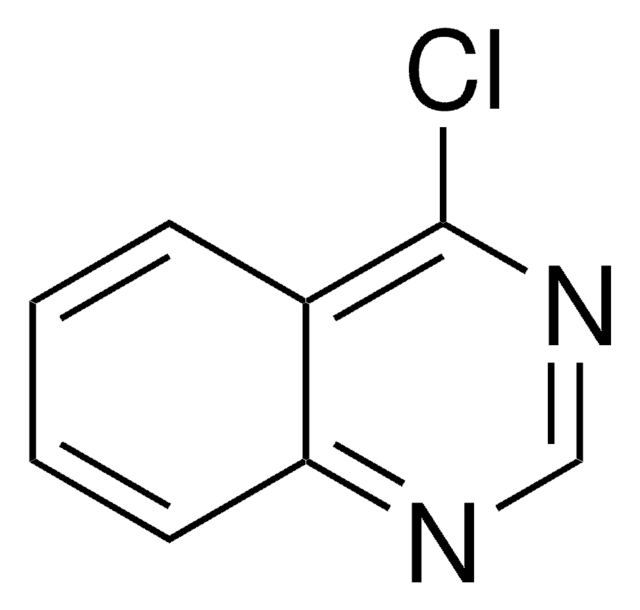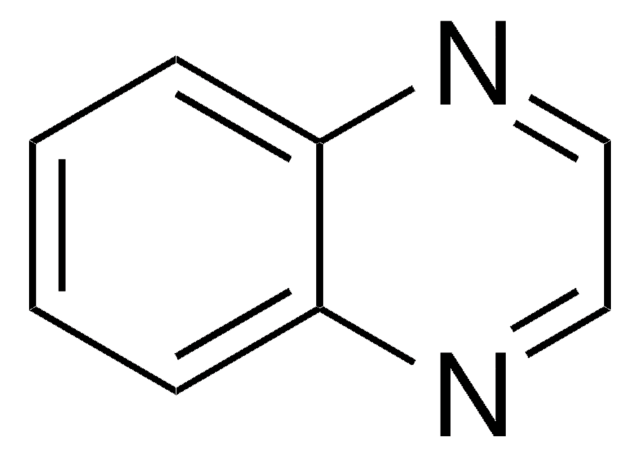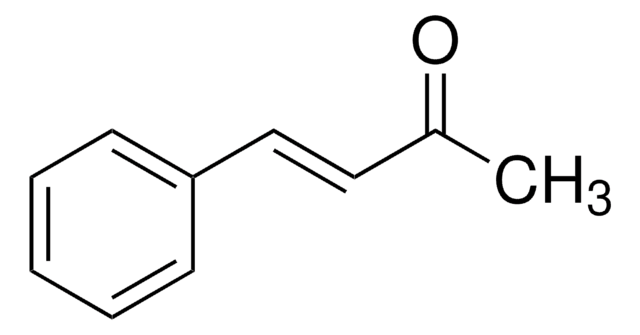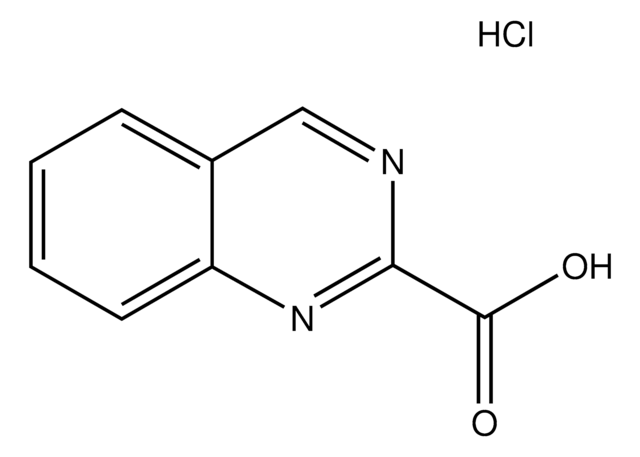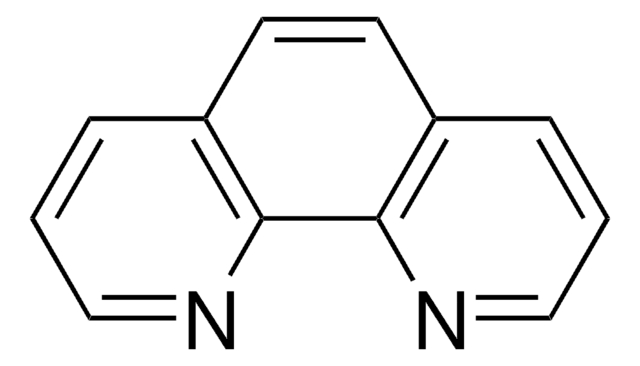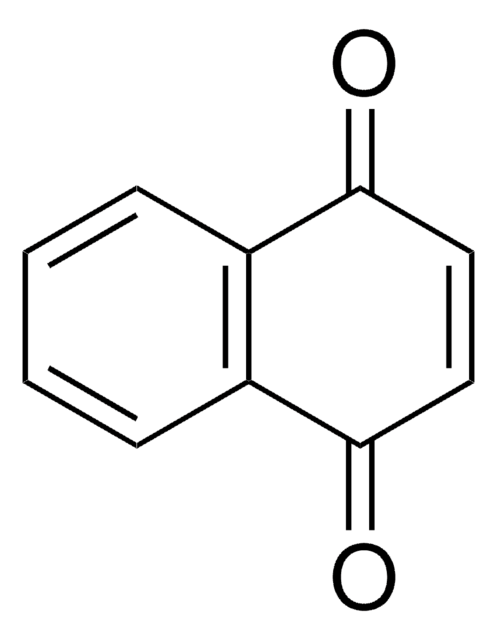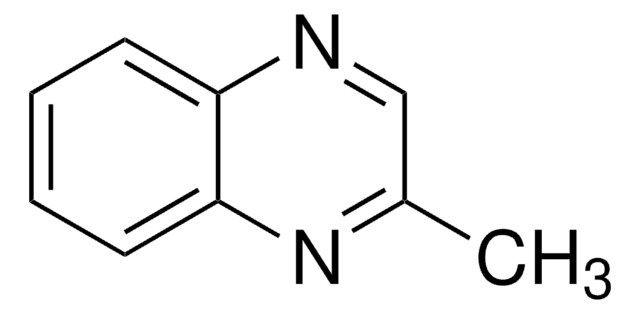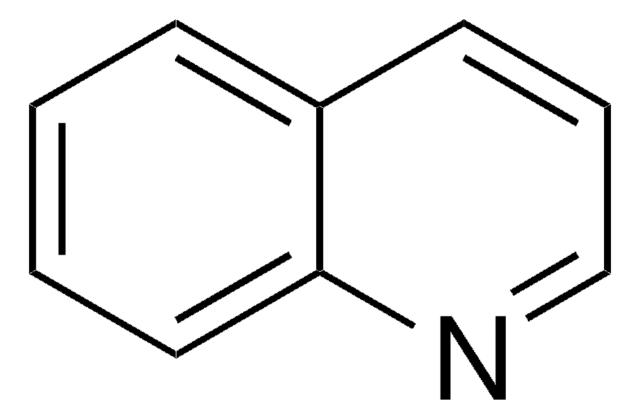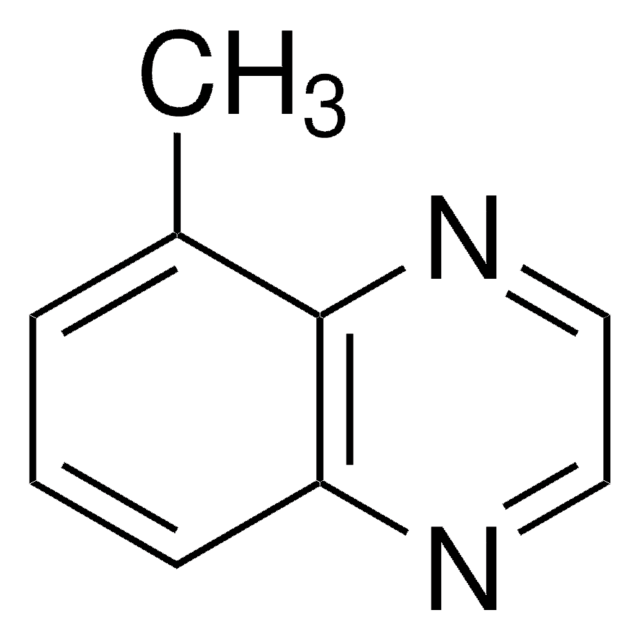H57807
4-Hydroxyquinazoline
98%
Synonym(s):
4-Quinazolinol
Sign Into View Organizational & Contract Pricing
All Photos(1)
About This Item
Empirical Formula (Hill Notation):
C8H6N2O
CAS Number:
Molecular Weight:
146.15
EC Number:
MDL number:
UNSPSC Code:
12352100
PubChem Substance ID:
NACRES:
NA.22
Recommended Products
Quality Level
Assay
98%
mp
216-219 °C (lit.)
SMILES string
O=C1NC=Nc2ccccc12
InChI
1S/C8H6N2O/c11-8-6-3-1-2-4-7(6)9-5-10-8/h1-5H,(H,9,10,11)
InChI key
QMNUDYFKZYBWQX-UHFFFAOYSA-N
Gene Information
mouse ... Parp2(11546)
Signal Word
Warning
Hazard Statements
Precautionary Statements
Hazard Classifications
Acute Tox. 4 Oral
Storage Class Code
11 - Combustible Solids
WGK
WGK 3
Flash Point(F)
Not applicable
Flash Point(C)
Not applicable
Personal Protective Equipment
dust mask type N95 (US), Eyeshields, Gloves
Regulatory Information
新产品
Choose from one of the most recent versions:
Already Own This Product?
Find documentation for the products that you have recently purchased in the Document Library.
Sheng-Li Cao et al.
Bioorganic & medicinal chemistry letters, 15(7), 1915-1917 (2005-03-23)
A series of 4(3H)-quinazolinone derivatives with dithiocarbamate side chains were synthesized and tested for their in vitro antitumor activity against human myelogenous leukemia K562 cells. Among them, (3,4-dihydro-2-methyl-4-oxoquinazolin-6-yl)methyl 4-(4-fluorophenyl)piperazine-1-carbodithioate 8q exhibited significant inhibitory activity against K562 cells with IC(50) value
Hao Wu et al.
Journal of combinatorial chemistry, 12(3), 346-355 (2010-03-04)
Three diversity points of 4(3H)-quinazolinone are introduced at the 3-, 6-, and 7-positions with an efficient parallel solution-phase synthetic method. A one-pot synthesis was developed that gave the key intermediate in high yield. Five hit compounds exhibit preferable activities against
R Halmosi et al.
Molecular pharmacology, 59(6), 1497-1505 (2001-05-17)
Ischemia-reperfusion induces reactive oxygen species (ROS) formation, and ROS lead to cardiac dysfunction, in part, via the activation of the nuclear poly(ADP-ribose) polymerase (PARP, called also PARS and ADP-RT). ROS and peroxynitrite induce single-strand DNA break formation and PARP activation
Shiying Liu et al.
Bioorganic & medicinal chemistry, 14(5), 1425-1430 (2005-11-03)
Thymidylate synthase (TS) is a critical enzyme for DNA biosynthesis and many nonclassical lipophilic antifolates targeting this enzyme are quite efficient and encouraging as antitumor drug. In this paper, the binding model of 14 antifolates of 4(3H)-quinazolinone derivatives with dithiocarbamate
D J Grainger et al.
The Biochemical journal, 283 ( Pt 2), 403-408 (1992-04-15)
Hexamethylenebisacetamide (HMBA) selectively and reversibly inhibited proliferation of human and rat vascular smooth-muscle cells (VSMCs) compared with endothelial cells, fibroblasts or lymphocytes. Half-maximal inhibition of VSMC proliferation occurred at 2-5 mM-HMBA, and at 30- greater than 50 mM for other
Our team of scientists has experience in all areas of research including Life Science, Material Science, Chemical Synthesis, Chromatography, Analytical and many others.
Contact Technical Service
